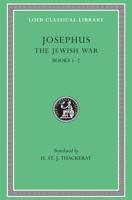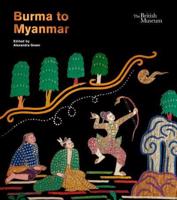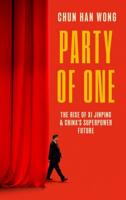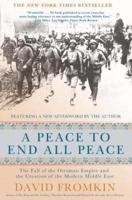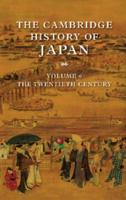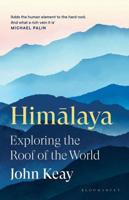Publisher's Synopsis
- In this brand new publication from eminent historian Peter C. Smith, we are regaled with the engaging and often incredibly disturbing history of the Kamikaze tradition in Japanese culture. Tracing its history right back to the original Divine Wind (major natural typhoons) that saved Japan from invaders in ancient history, Smith explores the subsequent resurrection of the cult of the warrior in the late nineteenth century. He then follows this tradition through into the Second World War, describing the many Kamikaze suicide attacks carried out by the Emperor's pilots against Allied naval vessels in the closing stages of the Pacific campaign. - - These pilots were at the mercy of an overriding cultural tradition that demanded death over defeat, capture or perceived shame. Despite often being under-trained and ill-prepared psychologically for the sacrifices they were about to make, they were nonetheless expected to make them. The dedication of sacrifice for the Emperor and the Nation is explored by dissecting the traces left behind by these pilots. Smith provides a detailed look at the heartbreak of the pilot's families and the men themselves, the notes they left and the effects on those who did not share their philosophy. The views of individuals under attack are also included in this balanced history. - - Countless attacks carried out over the Philippine Islands (including the sinking of the St Lo) are analyzed and the Okinawa campaign is afforded particularly strong coverage, with the sinking of HMAS Australia explored in detail. The collective sacrifice is then summed up, with reflections from survivors on both sides appraising events in a humane historical context. A detailed appendices then follows, featuring units formed, sorties mounted, ships sunk and damages inflicted. - -


